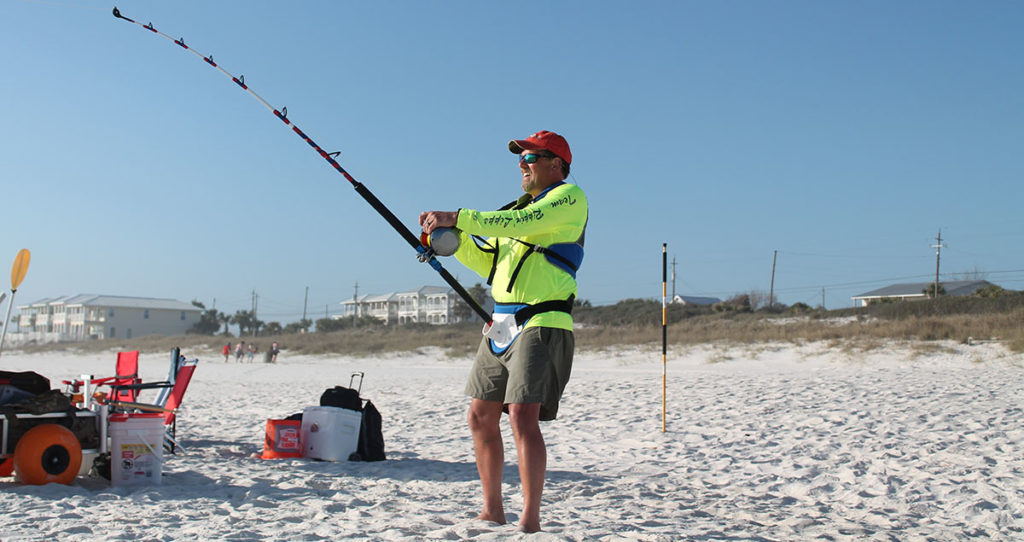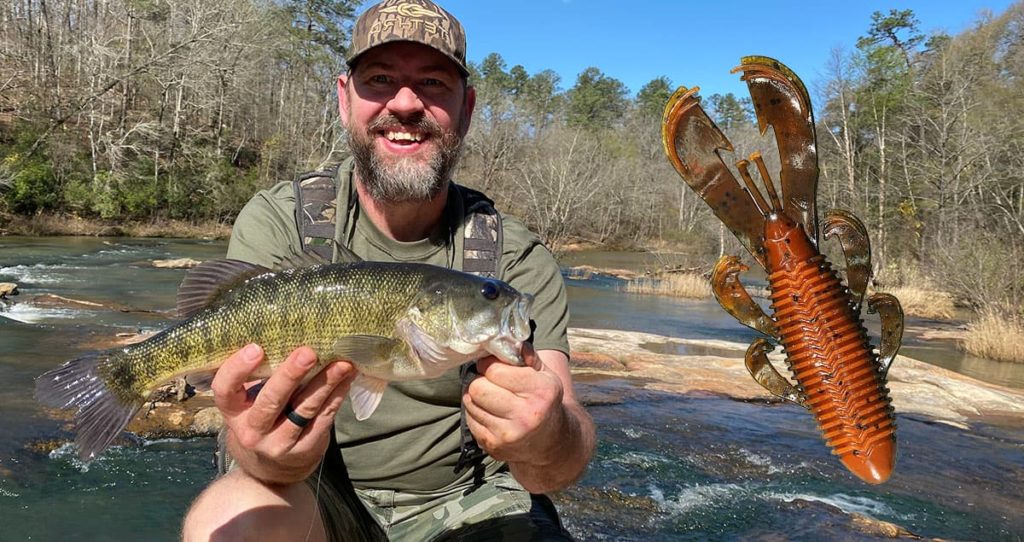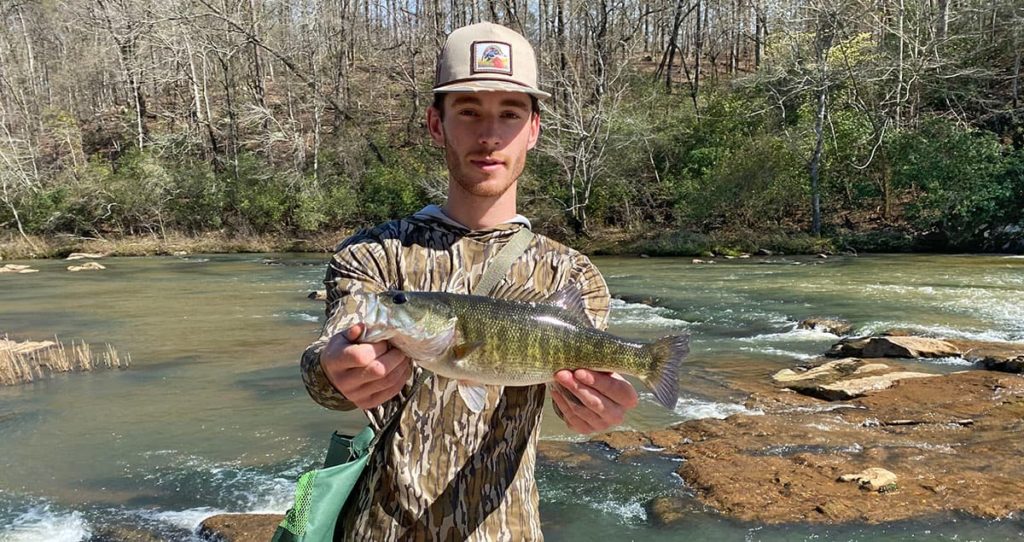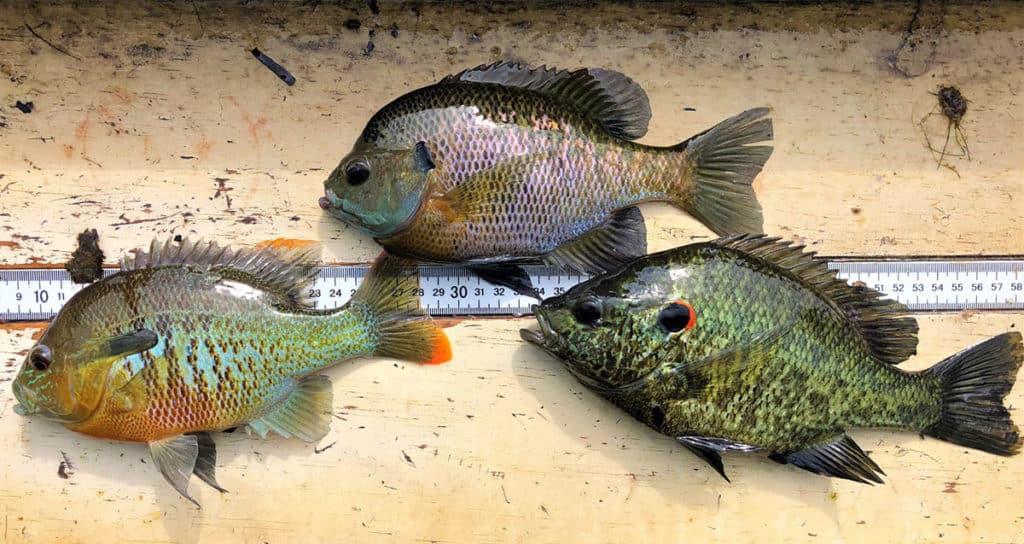Summer bass fishing can be both rewarding and challenging. With bass in various stages of their seasonal behavior and often seeking refuge from the heat, choosing the right lure for summer conditions is critical.
In this guide, I’ll share my favorite summer bass lures, along with tips and techniques to help you maximize your catch rate during the hottest months of the year.
Topwater Lures

Popper
Poppers are designed with a concave or flat face that creates a splash and a “popping” sound when twitched on the surface. These lures are great for targeting bass in shallow water or near cover.
Ideal Conditions and Techniques: Use poppers in the early morning, late evening, or on overcast days when bass are most likely to be feeding near the surface. Cast near cover or over shallow flats, and work the lure with a combination of short twitches and pauses to entice strikes.
Walking Bait
Walking baits, like the Zara Spook or Sammy, have a slim, cigar-shaped body that produces a “walk-the-dog” action when retrieved with a rhythmic cadence. These lures are highly effective in calling bass from a distance.
Ideal Conditions and Techniques: Walking baits excel in open water or around sparse cover. Use a steady cadence of twitches to create a side-to-side walking motion, varying the speed and rhythm of the retrieve to find what triggers bass to bite.
Hollow Body Frog
Hollow body frogs are weedless, soft-bodied topwater lures that are perfect for fishing in thick vegetation. They feature a soft, collapsible body and dual upturned hooks.
Ideal Conditions and Techniques: Use frogs when bass are holding in heavy cover like lily pads, grass mats, or thick hydrilla. Cast directly into cover and work the frog with a combination of short hops and pauses to entice explosive topwater strikes.
Crankbaits

Shallow Diving Crankbaits
Shallow diving crankbaits typically dive between 1 to 4 feet and are perfect for targeting bass in shallow water around cover or over flats.
Ideal Conditions and Techniques: Use shallow diving crankbaits when bass are feeding on baitfish in shallow water, especially around submerged grass, stumps, or laydowns. Cast parallel to cover, making contact with structure to trigger reaction strikes.
Medium Diving Crankbaits
Medium diving crankbaits reach depths of 5 to 12 feet and are ideal for targeting bass suspended in deeper water or along drop-offs.
Ideal Conditions and Techniques: Use medium diving crankbaits to probe offshore structure or transitions between shallow and deep water. Experiment with various retrieve speeds and occasionally pause or deflect the bait off structure to trigger bites.
Deep Diving Crankbaits
Deep diving crankbaits can reach depths of 12 feet or more and are perfect for targeting deep-water bass during the summer months.
Ideal Conditions and Techniques: Use deep diving crankbaits around ledges, humps, or deep brush piles. Employ a steady retrieve, occasionally pausing or pumping the rod to create an erratic action that attracts strikes.
Soft Plastic Lures

Plastic Worms
Plastic worms come in various sizes and colors and are highly versatile soft plastic lures for bass.
Ideal Conditions and Techniques: Use plastic worms on Texas rigs, Carolina rigs, or wacky rigs depending on the situation. For Texas and Carolina rigs, target deeper structure or grass edges with a slow, steady retrieve, occasionally pausing or shaking the worm to entice bites.
For wacky rigs, use a weightless presentation around docks, laydowns, or grass lines, allowing the worm to slowly sink with a natural, enticing action.
Creature Baits
Creature baits, like craws, beavers, and brush hogs, have an irregular, bulky profile that resembles a variety of natural prey.
Ideal Conditions and Techniques: Use creature baits for flipping and pitching in heavy cover or on Texas rigs around structure. When flipping and pitching, make accurate casts into pockets or gaps in cover, letting the bait fall vertically before retrieving and repeating the process.
On a Texas rig, work the bait along the bottom with a slow, dragging motion to mimic a crawling prey.
Swimbaits
Swimbaits are soft plastic lures that imitate baitfish, with a realistic profile and lifelike swimming action.
Ideal Conditions and Techniques: Rig swimbaits on weighted swimbait hooks or jig heads and target bass around cover or suspended in open water. Retrieve the bait with a steady pace or incorporate occasional twitches and pauses to mimic an injured baitfish.
Spinnerbaits and Bladed Jigs
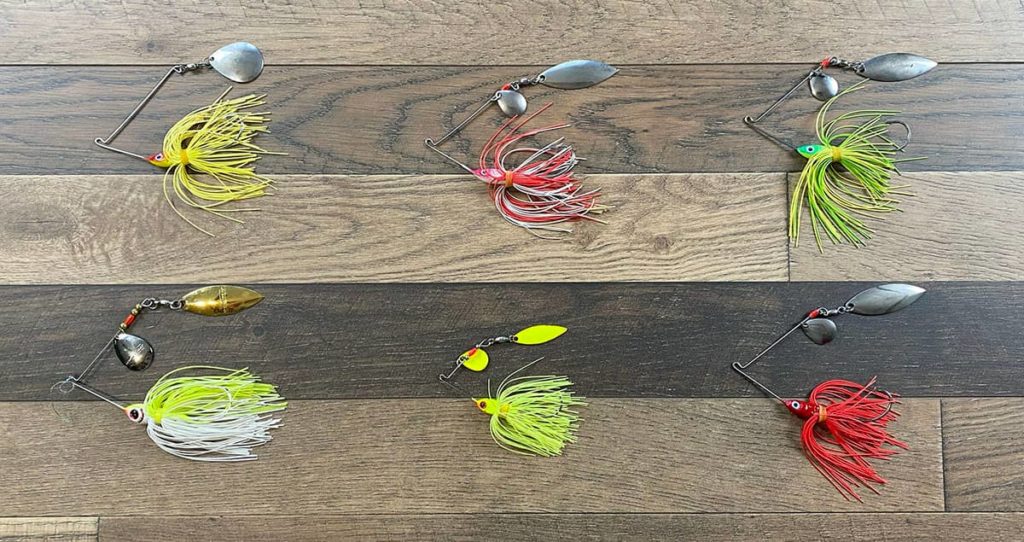
Spinnerbaits
Spinnerbaits feature one or more spinning blades and a skirted jig head. They produce flash and vibration to attract bass.
Ideal Conditions and Techniques: Use spinnerbaits in stained or muddy water, around grass edges, or when bass are actively feeding on baitfish. Slow roll the bait just above the bottom or burn it quickly to cover water and trigger reaction strikes.
Bladed Jigs (Chatterbaits)
Bladed jigs, like the Chatterbait, feature a jig head, skirt, and metal blade that vibrates and produces a unique swimming action.
Ideal Conditions and Techniques: Fish bladed jigs around grass, docks, or other shallow cover. Use a steady retrieve to maintain a consistent vibration or rip the bait through vegetation to generate reaction strikes.
Jigs
Football Jigs
Football jigs have a football-shaped head and a skirted body, making them perfect for dragging along rocky or hard bottoms.
Ideal Conditions and Techniques: Use football jigs on deep offshore structure or rock piles. Drag the jig along the bottom, occasionally hopping or shaking the bait to mimic a crawling prey.
Flipping Jigs
Flipping jigs have a compact profile, weed guard, and a skirted body designed for fishing in heavy cover.
Ideal Conditions and Techniques: Use flipping jigs in thick grass, laydowns, or other heavy cover. Flip or pitch the jig into gaps or pockets in cover, allowing it to fall vertically and rest briefly on the bottom before retrieving and repeating the process.
Final Thoughts
Selecting the right lure for summer bass fishing can make all the difference in your success on the water. Experiment with these proven lures and techniques, adapting to the conditions and bass behavior to heat up your catch rate during the hottest months of the year.
Keep an open mind and always be willing to switch things up, and you’ll be well on your way to becoming a summer bass fishing pro.


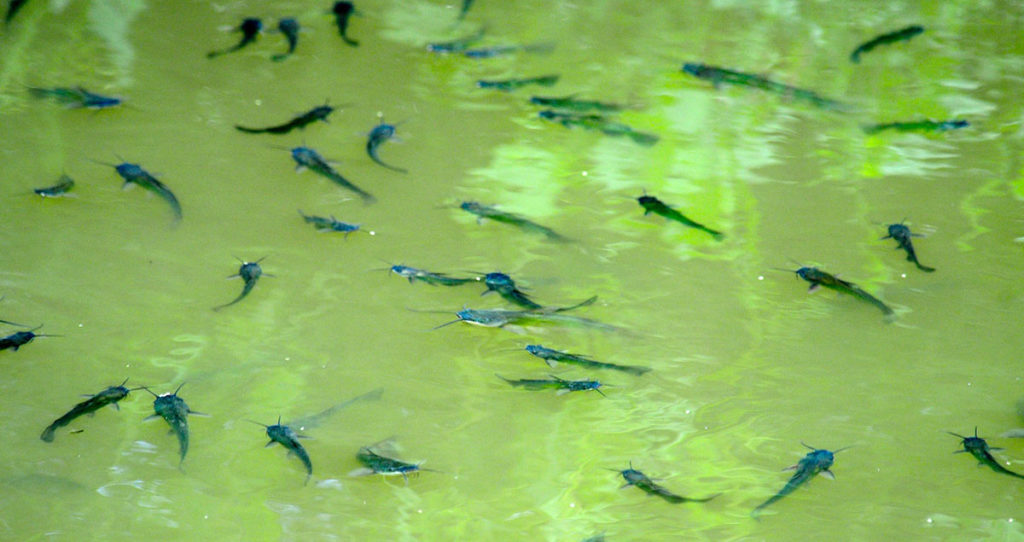
![Which Fish Eat Bluegill, Sunfish, and Other Bream? [Answered]](https://getoutdoorssouth.com/wp-content/uploads/2022/12/bass-eats-bluegill-1024x542.jpg)
